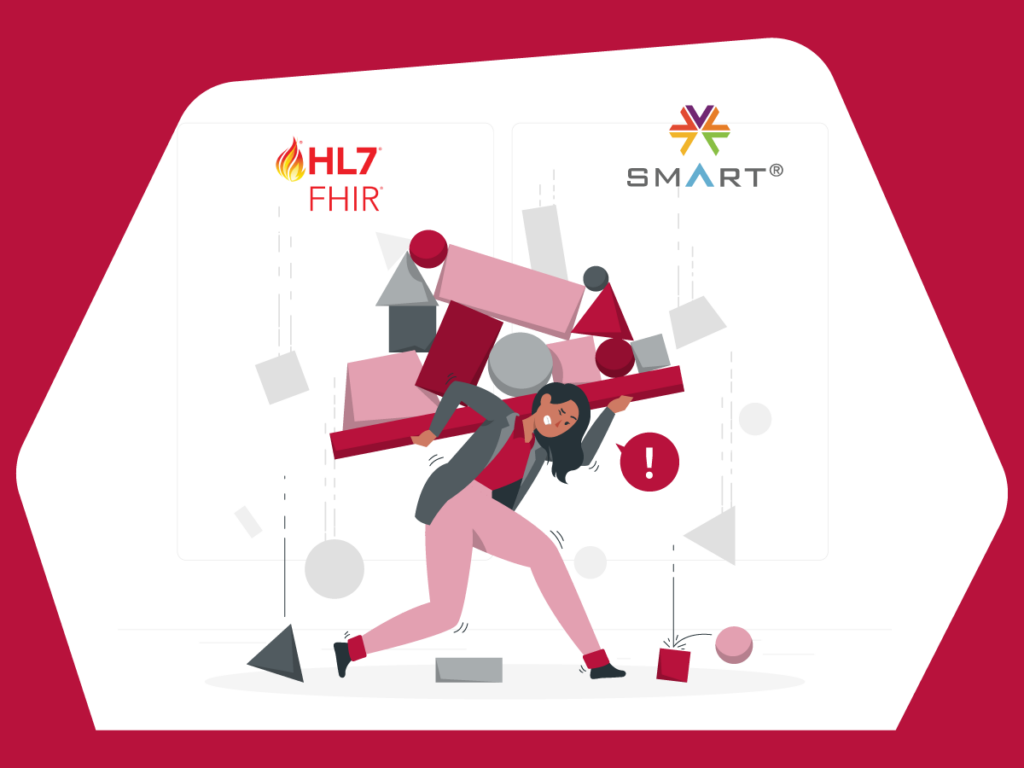
Common Pitfalls in SMART on FHIR Implementation and How to Avoid Them
As the healthcare industry continues to push toward greater interoperability and patient-centered care, SMART on FHIR has emerged as a leading standard for integrating third-party applications with Electronic Medical Records (EMRs) and Electronic Health Records (EHRs). This powerful framework enables developers to build applications that can securely access and use healthcare data across different systems. However, implementing SMART on FHIR is far from plug-and-play. Many organizations encounter unexpected challenges during deployment, which can delay timelines, increase costs, or even derail entire projects.
At Itirra, a Washington State-based health tech lab with over a decade of experience in designing, developing, and deploying bespoke EMR and EHR integration solutions, we’ve seen firsthand how these pitfalls affect healthcare organizations. We work closely with physician advisors, third-party medical consultants, and revenue cycle management companies to ensure their SMART on FHIR implementations are seamless, secure, and scalable. Below, we break down three of the most common pitfalls in SMART on FHIR implementation—and share strategies to avoid them.
1. Misunderstanding the Scope of FHIR Resources
One of the most frequent issues in SMART on FHIR projects is a misunderstanding of FHIR resource capabilities. FHIR defines a large number of resources, each representing different clinical concepts (like Patient, Observation, or Medication Request), but not every EHR system supports the full set. Organizations often plan application features around these resources, only to find that the FHIR server they’re working with doesn’t expose the data they need—or does so in non-standard ways.
To avoid this, Itirra recommends starting every SMART on FHIR project with a comprehensive discovery phase. This includes reviewing available FHIR endpoints, validating supported profiles, and identifying any custom extensions. Building with realistic, well-documented limitations in mind ensures your application aligns with the actual capabilities of the EHR systems you’ll be interfacing with.
2. Overlooking Authorization and Token Management
Security is a cornerstone of SMART on FHIR, which relies heavily on OAuth 2.0 for authorization. However, handling authorization flows, token expiration, and refresh logic often trips up teams that aren’t experienced in working with healthcare-grade security protocols. Failing to properly manage these elements can lead to data access issues, application crashes, or even regulatory non-compliance.
Our team at Itirra helps clients implement robust token management strategies and thoroughly test edge cases in real-world scenarios. We also ensure that the OAuth implementation aligns with both SMART App Launch protocols and the specific requirements of the host EHR. Security isn’t something to “fix later”—it needs to be embedded from day one.
3. Ignoring Workflow Integration and User Experience
Too often, SMART on FHIR apps are developed with a narrow focus on data access, ignoring how clinicians or consultants actually interact with the system. If a tool disrupts the established clinical workflow or adds unnecessary steps, it can lead to poor user adoption, no matter how technically advanced the application is.
At Itirra, we emphasize human-centered design by collaborating directly with end-users during the development process. We tailor applications to fit within existing workflows—whether for a revenue cycle team reviewing medical necessity or a physician advisor analyzing patient charts. Integration is not just about data; it’s about optimizing usability and efficiency in real clinical settings.
The Itirra Advantage
With a specialized focus on the healthcare ecosystem, Itirra bridges the gap between innovation and operational efficiency. We’ve helped numerous organizations navigate the complexities of SMART on FHIR and build applications that not only meet compliance standards but also improve daily operations. Our agile, collaborative approach ensures solutions are not only technically sound but also scalable, intuitive, and purpose-built.
In conclusion, SMART on FHIR presents enormous opportunities, but it also requires careful planning and experienced implementation to avoid common pitfalls. By understanding the limitations of FHIR resources, embedding secure authorization from the outset, and designing for real-world workflows, your organization can unlock the full value of SMART on FHIR. With Itirra as your partner, you can move forward with confidence, knowing that your integration solutions are future-ready and field-tested.

